Fish Circulatory System Diagram
Fish circulatory system diagram. The circulatory system of fish is quite simple. Like frogs fish have a closed circulatory system. It consists of plasma and cellular blood cells components.
Figure 3 shows a diagram of the circulatory system of a fish. The main function of the circulatory system is to circulate blood which carries oxygen and nutrients throughout the entire body. Compare the differences between the structure of the circulatory system of a fish and the human circulatory system.
The heart of a fish is a simple muscular structure that is located behind and below the gills. This figure shows a diagram of the circulatory system of a fish. Two kinds of corpuscles are encountered the RBC or erythrocytes and the WBC or leucocytes.
Sinus venosus a thin-walled sac that collects blood from the fishs veins before allowing it to flow to the second part The Atruim which is a large muscular chamber. The renal portal veins are connected to capillary network around the kidney. Learn vocabulary terms and more with flashcards games and other study tools.
B Compare and Contrast the functioning of the frogs heart with that of a mammal. It is comprised of three parts. The genital papilla is a small fleshy tube behind the anus in some fishes from which the sperm or eggs are released.
In this article we will discuss about the Blood Circulatory System in Fish. The blood of fishes is similar to that of any other vertebrate. The dynamic part is the blood with all its constituent parts that flows continuously around the fishs body.
Anguiliform eel shape Maneuvering in crevasses. The blood consists of a colourless plasma and corpuscles suspended in the plasma.
A circuitry layout is actually a streamlined typical photo representation of an power circuit.
The fish heart needs to generate the driving pressure for both the gills lungs in mammals and the body since they are connected in series as seen in the figure to the left. B Compare and Contrast the functioning of the frogs heart with that of a mammal. The blood of fishes is similar to that of any other vertebrate. The renal portal veins are connected to capillary network around the kidney. Start studying Fish Circulatory System. It consists of plasma and cellular blood cells components. Like frogs fish have a closed circulatory system. It is enclosed by the pericardial membrane or pericardium. For this purpose water is exchanged through the gills and in addition to the gases dissolved in the gills the exchange of some nitrogenous wastes and minerals is carried out.
The renal artery supplies blood to glomeruli where high blood pressure helps to separate glomerular filtrate. The circulatory system of fish consists of blood blood vessels arteries and veins and the heart. C The diagram of the path of circulation in a frog above shows that there is an extensive blood supply to the body. It consists of plasma and cellular blood cells components. Diagram of Body Description Adapted Function. The fish heart needs to generate the driving pressure for both the gills lungs in mammals and the body since they are connected in series as seen in the figure to the left. Fish also typically only have one heart within their bodies unless they have a mutation that causes two to developthis is rare however.
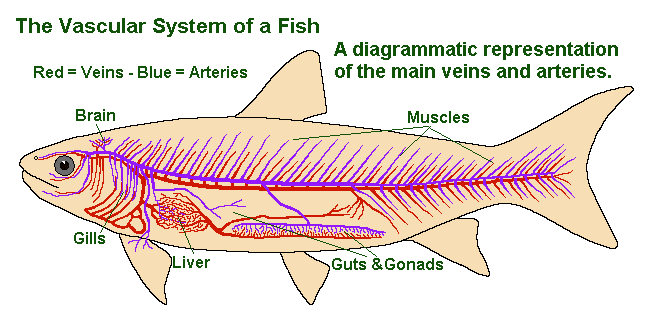



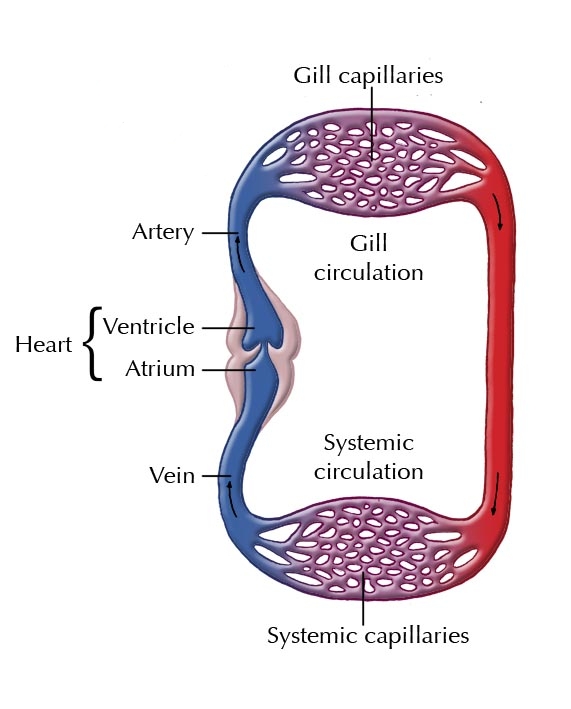





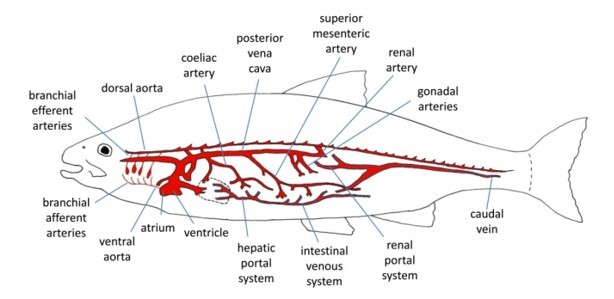

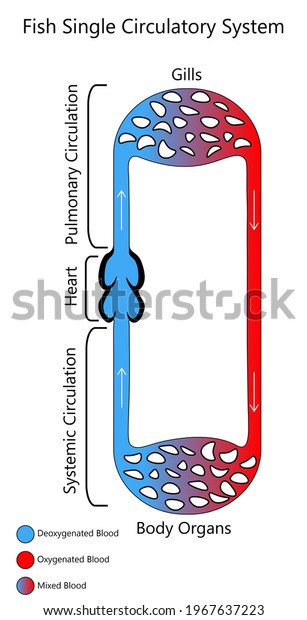
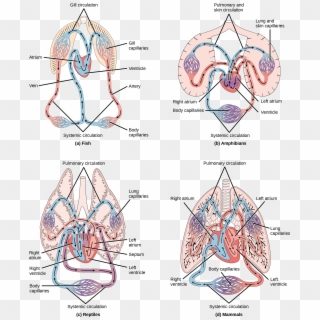



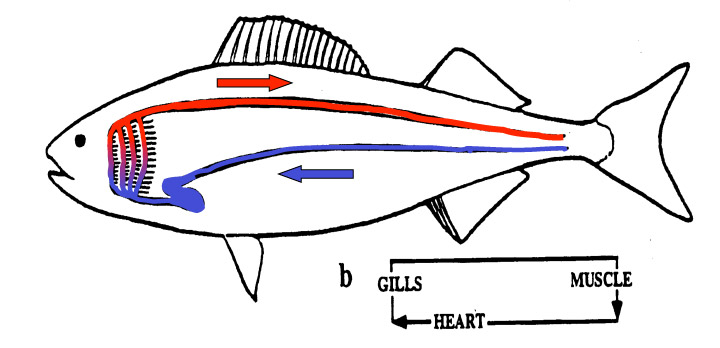

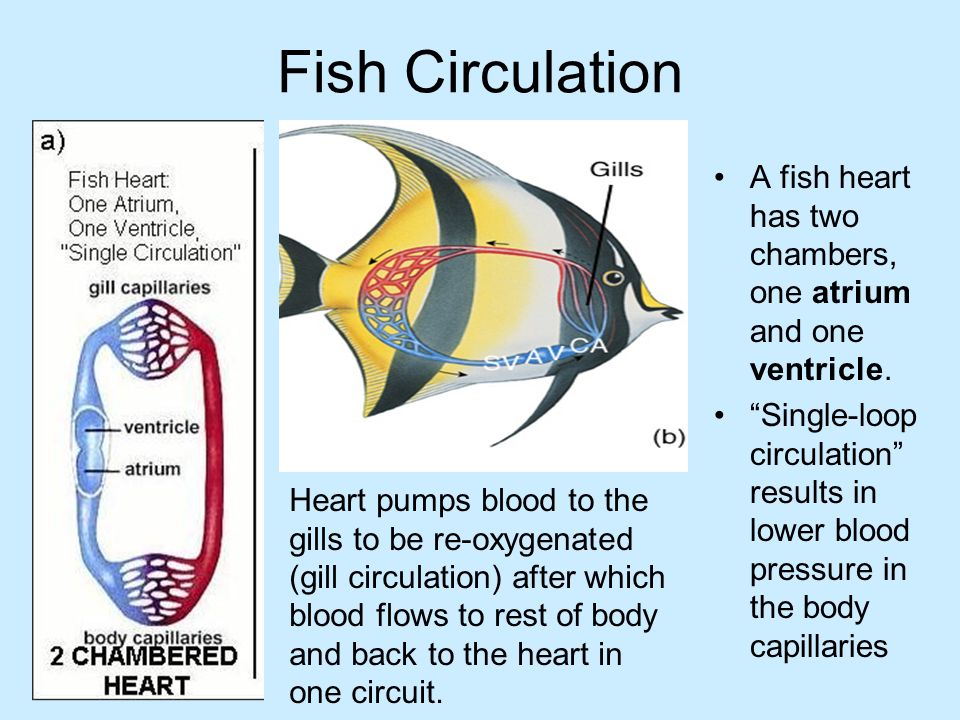




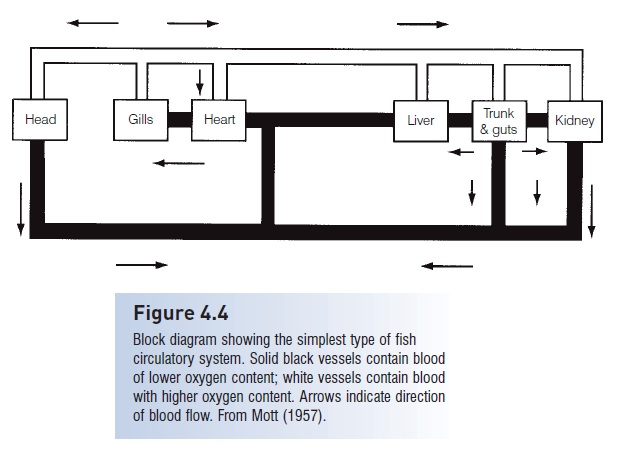

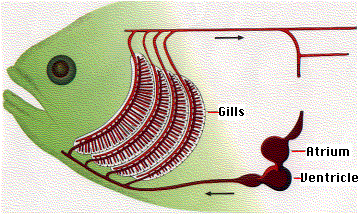

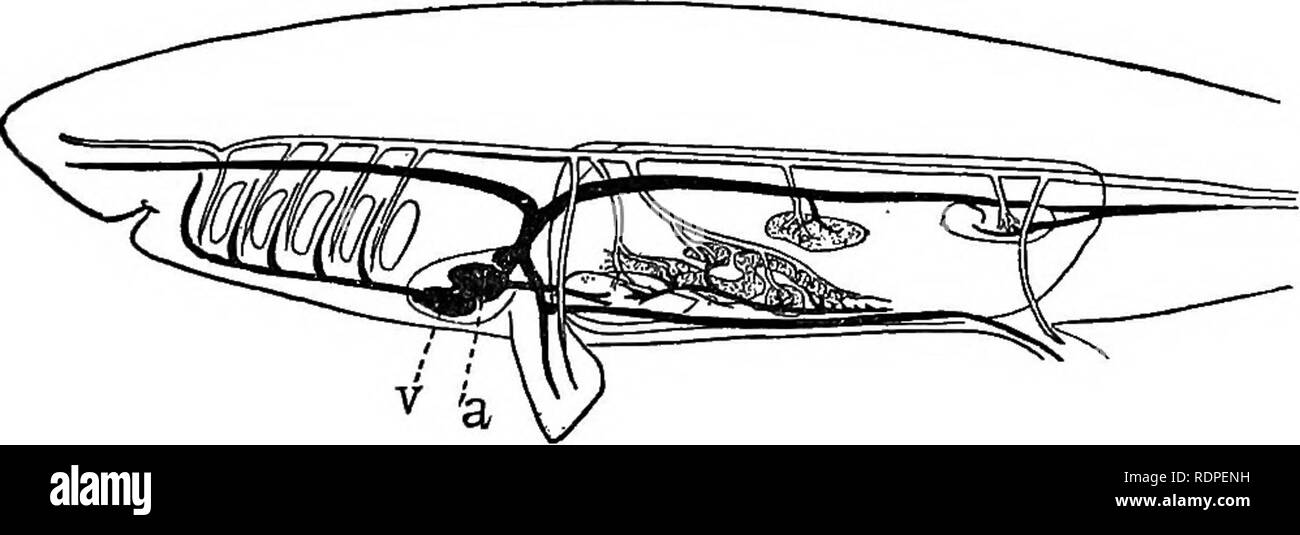





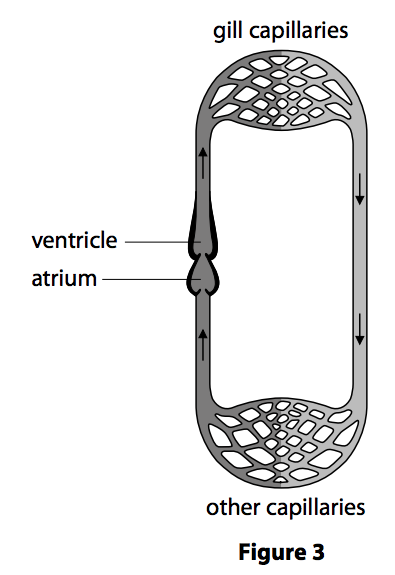
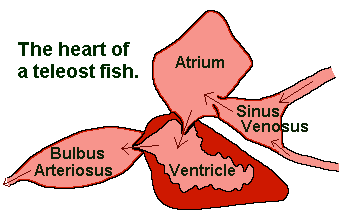


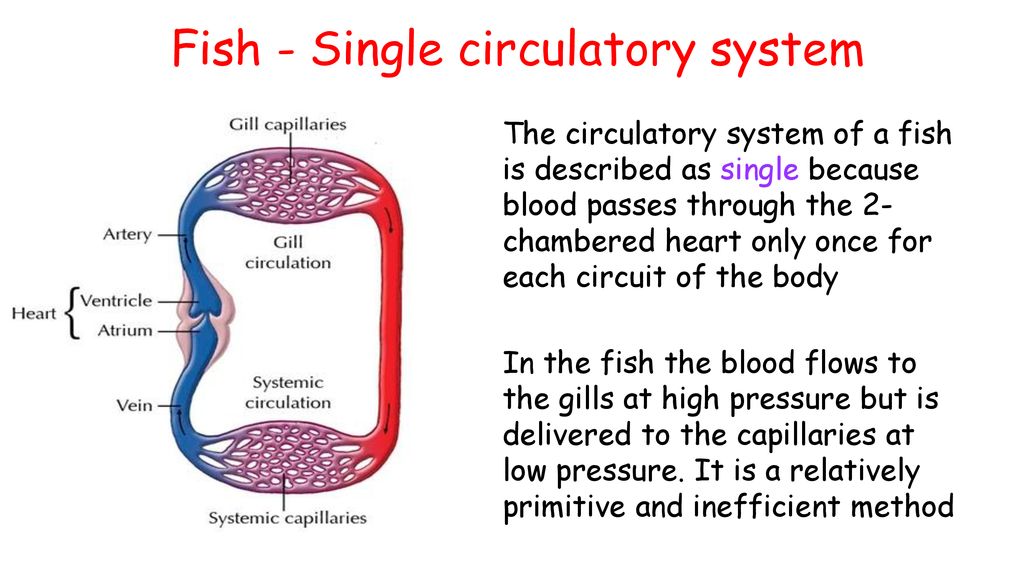
This is a helpful breakdown of the fish circulatory system, especially with the clear diagram included. It simplifies a complex biological topic for students and visual learners. Resources like this are valuable for students seeking Coursework Writing Help UK, especially in biology-related assignments. Great job making it easy to understand!
ReplyDelete